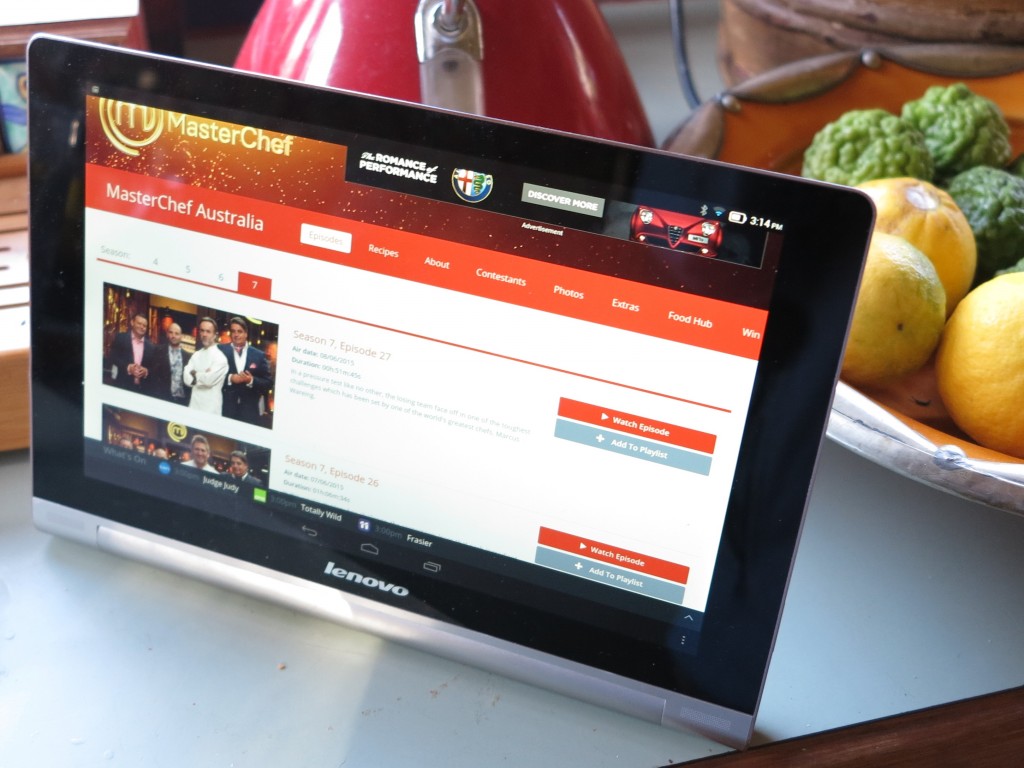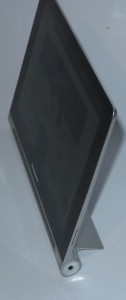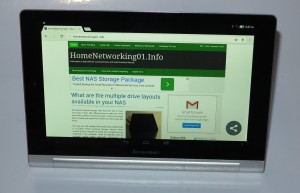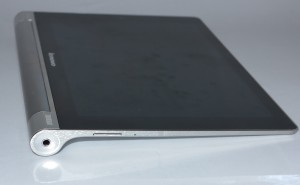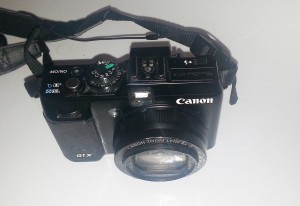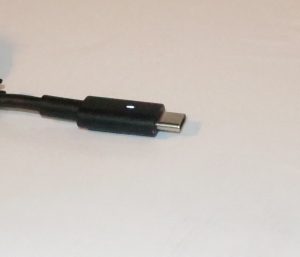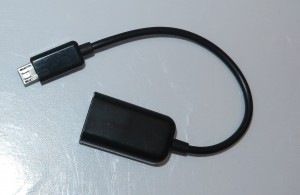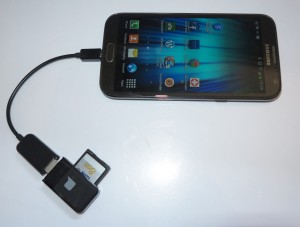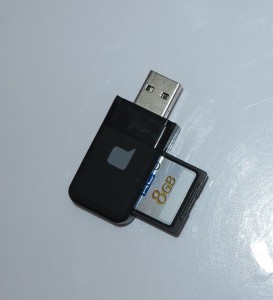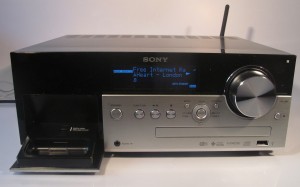Product Review–Lenovo Yoga Tablet 2 Android tablet
Introduction
I am reviewing the Lenovo Yoga Tablet 2 Android tablet which is styled on the same look as Lenovo’s Yoga lineup of “fold-over” convertible laptops. This 10” tablet is pitched more as a something that would appeal to home users and businesses who want something that can answer the Apple iPad.
| Price – reviewed configuration |
AUD$249 | |
| Screen | 10” (1920×1200) | LED-backlit LCD |
| User Memory | 16Gb | Micro SD card |
| Operating environment | Android | 4.2 Jelly Bean (reviewed version) |
| Connectivity | Wi-Fi | 802.11a/g/n dual-band |
| Wireless Broadband | Optional or standard | |
| Bluetooth | 4.0 Smart Ready | |
| USB | MicroUSB OTG | |
| Audio | 3.5mm stereo jack |
The unit itself
Aesthetics and build quality
The Lenovo Yoga Tablet 2 tablet is an example of a tablet that has strong build quality with metal housing. As well, the Lenovo doesn’t exhibit any problems with overheating even if you are watching video content.
The integrated kickstand works properly and smoothly allowing it to be free-standing and could support applications like an electronic display frame. As well, the Yoga Tablet 2’s “hinge-pin” which is part of the kickstand is used effectively for the audio jack and for the on-off button.
Display
The Lenovo Yoga Tablet 2 comes across with a bright sharp display that is very responsive but it is very glossy which is something common with a lot of consumer tablets. It has performed well for video material and also for games.
Audio
The Lenovo Yoga Tablet 2 implements Dolby audio tuning in conjunction with the two inbuilt speakers that are positioned far apart thus allowing for improved stereo separation when you are watching video material. But, like with a lot of tablets, they come across with sound that has very little bass response.
Connectivity and Expandability
The only data port that the Lenovo Yoga Tablet 2 has is the microUSB charge / data port like what is expected on most Android phones. Here, this one also supports USB On-The-Go connectivity which provides for extra storage connectivity with USB flash-drives and memory-card adaptors at least. The omission here would be that it doesn’t support connectivity to external displays via MHL technology.
As for storage beyond the 16Gb flash memory, there is the ability to install a microSD card in a cavity behind the kickstand for this extra storage. There is also a 3.5mm stereo headset jack in the “hinge pin” so you can connect your headphones to the Yoga Tablet 2.
As for wireless networking, the Lenovo Yoga Tablet 2 works to 802.11n dual-band Wi-Fi networking along with Bluetooth 4.0 Smart Ready connectivity.
Performance
A friend of mine has a soft spot for Plants vs Zombies 2 on the iOS platform, so I downloaded the Android port of this game and gave him a chance to play a few rounds of this game on the Lenovo Yoga Tablet 2. Here, his experience with device performance was very similar to what he experienced on an iPad 3 Retina which he was regularly playing the game on. There was still the same level of responsiveness that was required for that game.
As for video play, the Lenovo Yoga Tablet 2 worked properly for YouTube playback and wasn’t draining the batteries even after a three-hour Microsoft video presentation about WIndows 10.
Limitations and Points Of Improvement
Lenovo could offer an increased number of model variations of its Yoga Tablet 2. This could be in the form of a model that has increased storage capacity, a high-performance “gamer-grade” model that suits the new wave of mobile gaming along with one or more models that are equipped with integrated wireless broadband. This means that people can choose the model that suits their needs rather than being stuck with one model.
As well, to be considered up-to-date, Lenovo could implement 802.11ac Wi-Fi wireless technology and deliver the Yoga Tablet 2 with Android 5 Lollipop.
Conclusion
Android-based lifestyle tablet
I would position the Lenovo Yoga Tablet 2 as a viable Android-based alternative to the iPad, especially if you want something that can be freestanding especially for showing pictures or engaging in videocalls. Here, I would best describe it as an Android-based lifestyle tablet.

